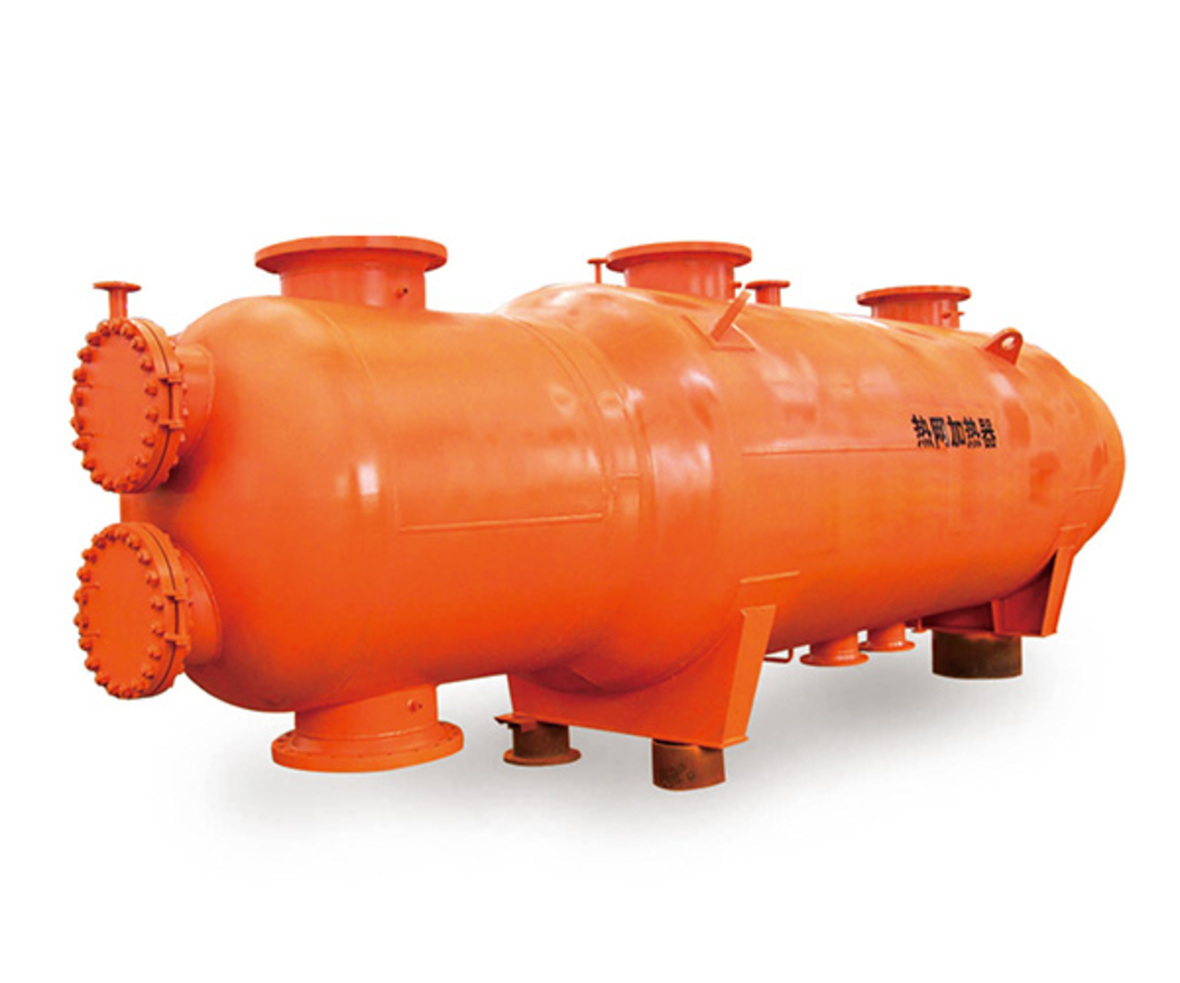Knowledge and commissioning points of hot water heating systems
Release time:
2021-06-30 14:38
Source:
I. Common Causes of Electrical Leakage in Heating Network Heaters
1.Corrosion
The heat exchange tubes of the heating network heater are made of alloy steel tubes and coated with a thin protective film. The protective film is chemically stable and not easily corroded. However, during operation, impurities sometimes mix into the circulating water, and these impurities are carried by the circulating water. The protective film enters the steel pipe and is damaged. In this way, the steel pipe is in direct contact with the circulating water, causing electrochemical corrosion. In recent years, however, we have replaced the circulating water in our heating network water supply with reverse osmosis water, improving the water quality and eliminating the hidden dangers of the water heater from the source, greatly improving the economic efficiency of our heating.

2.Large Thermal Stress Due to Fluctuating Thermal Load
During the start-up and shutdown process of the heater, the heating rate and cooling rate exceed the specified limits, causing the heater tube and tube plate to withstand large thermal stress, resulting in damage to the welded joint of the connecting pipe and tube or the expansion jointresulting in port leakage. When placed on the steam side, insufficient heating tubes or too fast loading cause the heating tubes to withstand excessive thermal stress, excessive expansion, and damage.
3.Countermeasures:
In order to extend the service life of the heating network heater, on the one hand, during operation, it is necessary to strictly follow the regulations and departmental requirements, and on the other hand, according to the design temperature change rate, avoid large changes in the amount used. steam, causing excessive fatigue damage: on the one hand, ensuring the water quality of the heating network.During the commissioning period of the heating network heater during the heating season, the steam-side drain pipe must be used to flush all heaters, and after the water quality is qualified, it is returned to the deaerator.During normal operation, the water quality of the water heater should be checked in time, and problems should be dealt with promptly.At the same time, the heating network return water filter should be backwashed as required to ensure that the water quality of the water heater is qualified.
II.Operating Points for Backup Heaters
1.In the process of draining the heating network heater, first usethe heater inlet bypass valve to inject water to discharge the air from the water outlet side, then fully open the inlet electric valve, and slightly open the outletelectric valve.The outlet electric valve is used for throttling to control the flow rate on the water side, avoiding excessive vacuum caused by rapid steam condensation when steam is input, and reducing the impact on the water supply temperature on the water side. main pipeline.
2.In the process of draining the steam side of the heating network heater, first fully open the steam-side drain valve, then operate the steam inlet electric valve of the heating network heater on-site, and closely monitor the exhaust rate. Changes in the outlet water temperature of the heating network heater. Auxiliary adjustment of the opening of the outlet electric valve, try to control the temperature rise rate within0.5℃/min以内。
3.Throughout the commissioning process, strengthen the monitoring of the on-site water level to ensure a certain water level. The general water level is controlled within500-700mmrange. The purpose is to use this section of water column to form a water seal to prevent any problems during operation. After a vacuum is generated inside the heating network heater, the drain pipe in the drain pipe is sucked into the inside, filling the water.
4.As the steam input increases, the drainage water level rises, the normal drainage manual valve is slightly opened, and the static pressure difference between the water column inside the heating network heater and the drainage main pipe is used to drain the drainage to drainage main pipe. When the heater water level drops to the lower control limit, the electric steam valve gradually opens according to the heating rate, increasing the steam volume until the electric steam valve and the normal drainage manual valve reach the fully open position. At the same time, according to the heating rate, gradually open the large inlet electric valve until it is fully opened.
Related News

